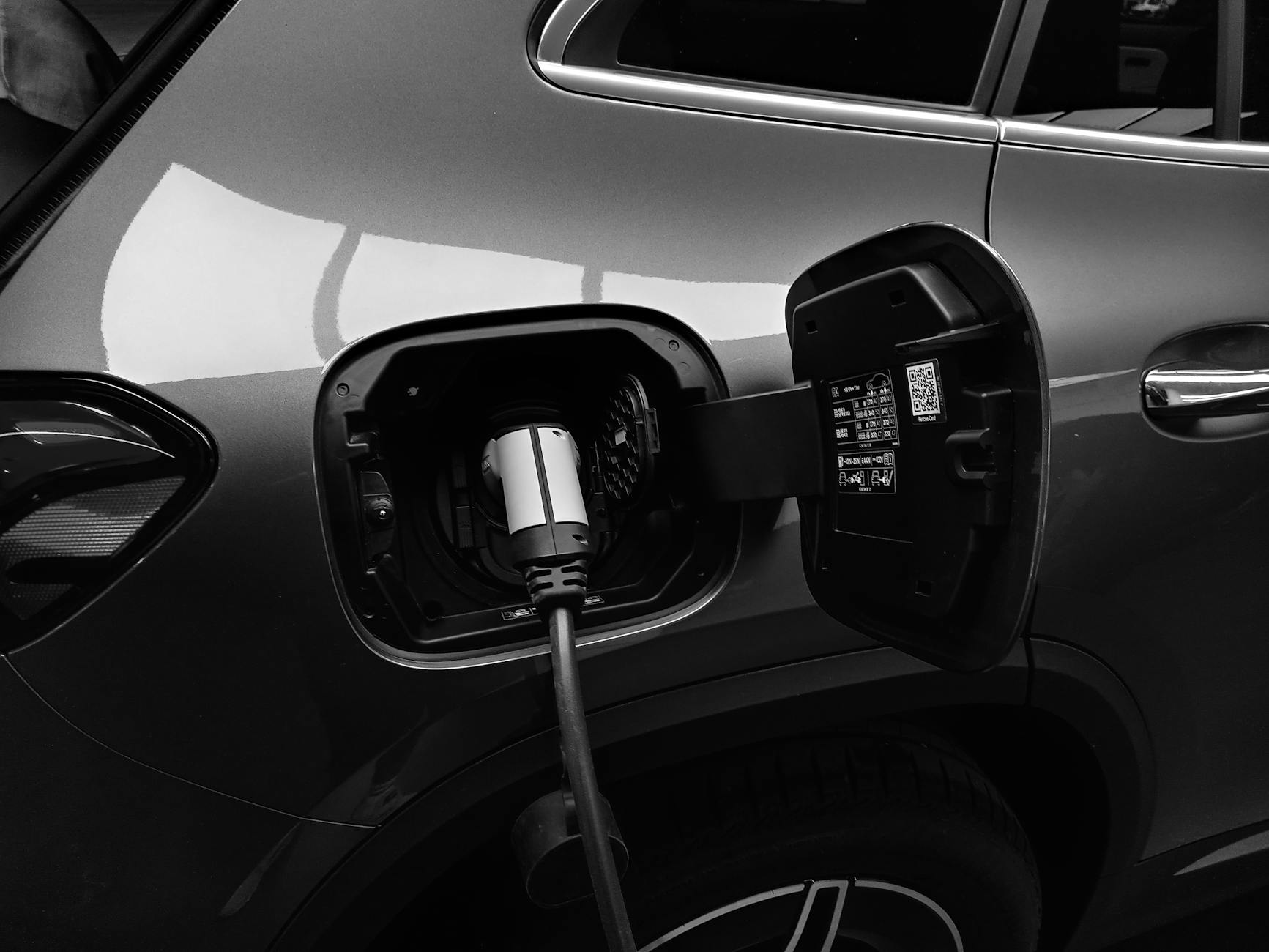-
By EV Plug Pros
- 0 Comments
As PHEVs (Plug-in Hybrid Electric Vehicles) continue to rise in popularity alongside BEVs (Battery Electric Vehicles), both options allow you to charge conveniently at public EV charging stations. EV Plug Pros highlights some key distinctions between these two types of electric vehicles.
BEV and PHEV are two types of electric vehicles, and the primary difference lies in how they use and manage their power sources.
BEV (Battery Electric Vehicle):
- Power Source: BEVs are fully electric vehicles that rely solely on an electric battery for power. They do not have an internal combustion engine (ICE).
- Range: The driving range of a BEV is determined by the capacity of its battery. When the battery is depleted, the vehicle needs to be recharged to continue driving.
- Charging: BEVs are typically charged through external charging stations or home chargers. Charging times can vary, but they are usually longer compared to refueling a conventional vehicle.
PHEV (Plug-in Hybrid Electric Vehicle):
- Power Source: PHEVs have both an electric battery and an internal combustion engine (ICE). They can operate on electric power alone, gasoline power alone, or a combination of both.
- Range: PHEVs offer flexibility by having an electric-only range and the ability to use gasoline for longer distances. Once the electric range is depleted, the vehicle can switch to conventional gasoline operation.
- Charging: PHEVs can be charged through external charging stations or home chargers. The electric battery can also be partially charged through regenerative braking.
Key Differences:
- Primary Power Source:
- BEV: Solely relies on an electric battery.
- PHEV: Has both an electric battery and an internal combustion engine.
- Range:
- BEV: Limited by the battery capacity, with no reliance on gasoline.
- PHEV: Has an electric-only range, after which it can switch to using gasoline.
- Charging:
- BEV: Requires external charging for the battery.
- PHEV: Can be charged externally but also has the option to use gasoline.
The choice between a BEV and a PHEV depends on individual driving habits, the availability of charging infrastructure, and the desire for all-electric or hybrid flexibility.

